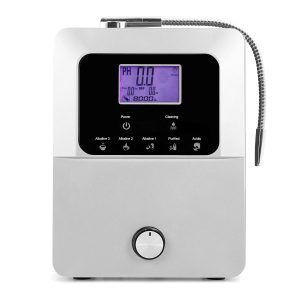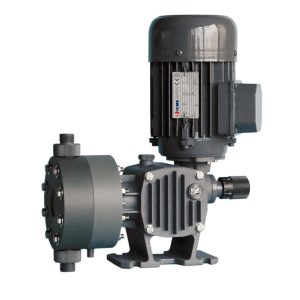Description
-
Water tank and storage systems are designed to collect, store, and distribute water for residential, commercial, agricultural, and industrial applications.
-
Purpose: These systems ensure a reliable water supply for drinking, irrigation, firefighting, rainwater harvesting, and emergency reserves.
-
Types of Water Tanks: Storage tanks come in various materials and designs, including plastic, fiberglass, concrete, steel, and collapsible tanks.
-
Plastic (Polyethylene) Tanks: Lightweight, durable, and resistant to corrosion, making them ideal for residential and agricultural use.
-
Fiberglass Tanks: Strong and non-corrosive, suitable for both above-ground and underground installations.
-
Concrete Tanks: Long-lasting and sturdy, commonly used for large-scale water storage in municipal and industrial settings.
-
Steel Tanks: Available in galvanized or stainless steel, providing durability and resistance to external damage.
-
Collapsible and Bladder Tanks: Portable and flexible options for temporary water storage, often used in emergency and military applications.
-
Above-Ground vs. Underground Tanks:
- Above-Ground Tanks: Easier to install and maintain, but may be more vulnerable to temperature changes and physical damage.
- Underground Tanks: Space-saving and protected from external elements, but require excavation and specialized installation.
-
Rainwater Harvesting Systems: Designed to collect and store rainwater for non-potable uses such as irrigation, flushing toilets, and industrial processes.
-
Potable vs. Non-Potable Storage: Tanks used for drinking water storage must meet safety standards and include proper filtration and disinfection.
-
Capacity Considerations: Tank sizes range from small household units (100–500 gallons) to large industrial reservoirs (thousands of gallons).
-
Maintenance Requirements: Regular cleaning, inspection for leaks, and ensuring proper sealing to prevent contamination and algae growth.
-
Water Quality Protection: UV-resistant materials, sealed lids, and filtration systems help prevent bacterial growth and waterborne contaminants.
-
Installation Requirements: Site preparation, foundation stability, and proper plumbing connections are necessary for efficient operation.
-
Environmental Impact: Sustainable water storage solutions help conserve water resources and reduce dependency on municipal supply.
-
Future Innovations: Smart water storage systems with sensors for monitoring levels, quality, and automated refill mechanisms are improving efficiency.
-
Conclusion: Water tank and storage systems play a crucial role in ensuring water availability for various applications, from household use to large-scale industrial storage.





